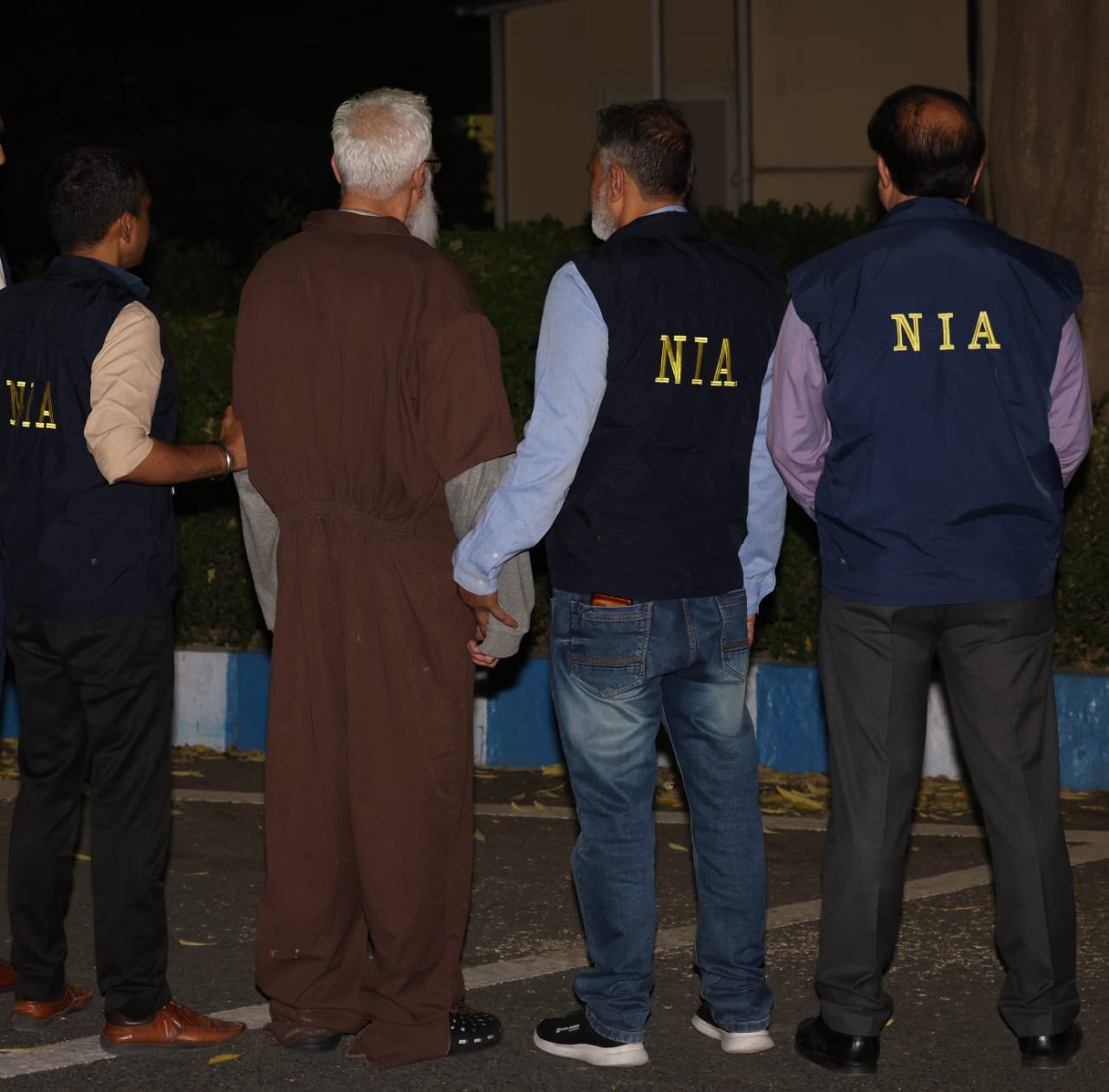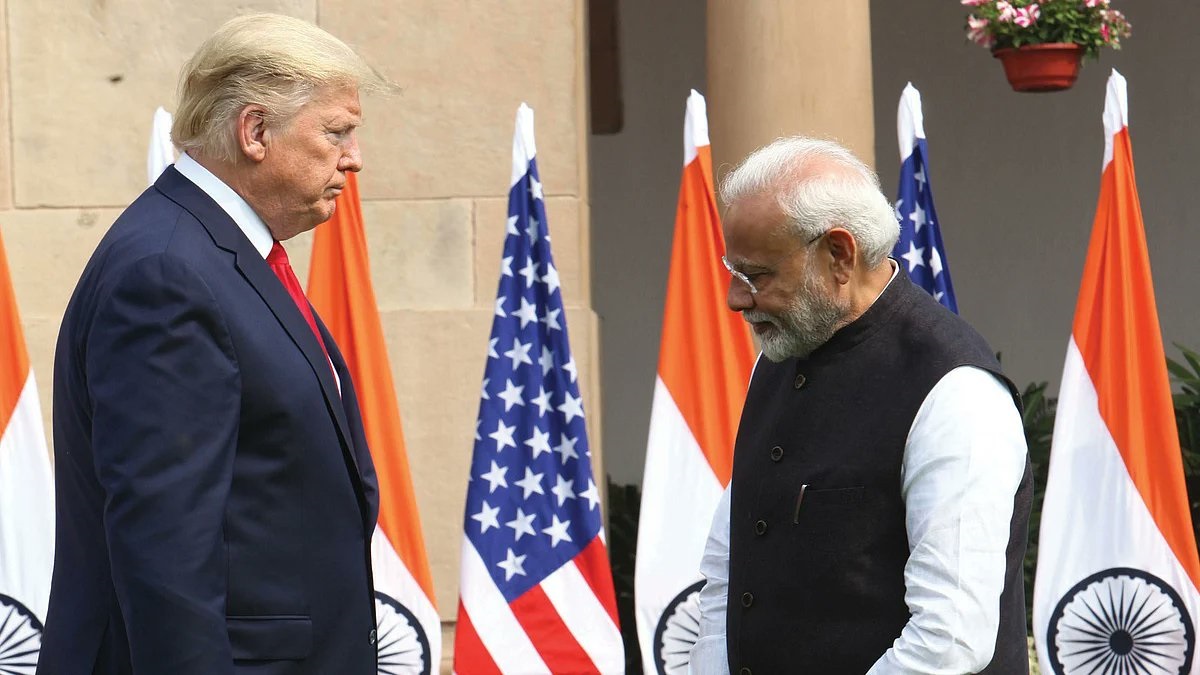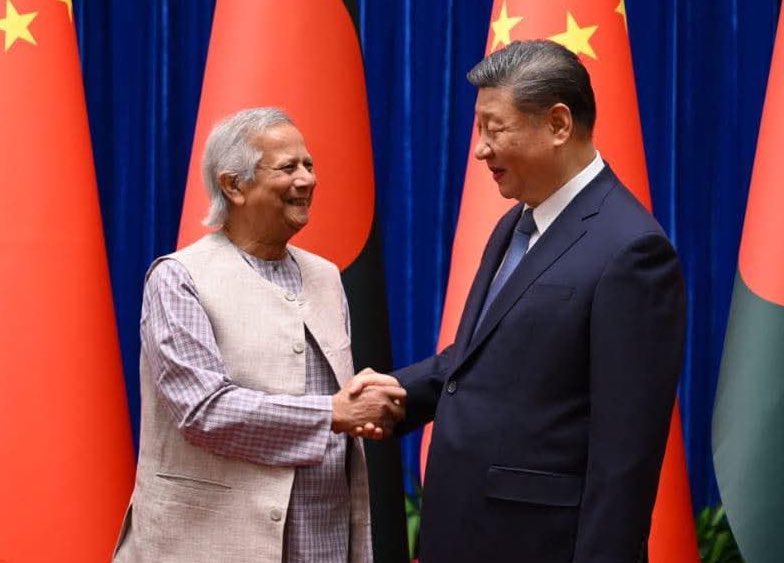 The latest “standard map” China released showing parts of disputed and maritime territories as Chinese. (Photo: China Daily)
The latest “standard map” China released showing parts of disputed and maritime territories as Chinese. (Photo: China Daily)
New Delhi: Hours after India lodged strong protest, Malaysia, Taiwan, and the Philippines have rejected China’s new territorial claims over entire South China Sea.
On Monday, China issued its “standard map” on its Ministry of Natural Resources website, which shows the Indian state of Arunachal Pradesh and the Aksai Chin plateau as Chinese territory.
It also includes part of Malaysia's maritime area off Borneo, as well as Taiwan and swaths of the South China Sea.
Read also: In new map, Beijing riles New Delhi by showing Indian territories as Chinese
After India, Malaysia too rejected China's unilateral claims over its maritime area, on Wednesday.
“The map has no binding effect on Malaysia,” Kuala Lumpur said in statement.
Referring to a Malaysian map showing the territorial waters and continental shelf boundaries of Malaysia, the statement said, “Malaysia is consistent in its position of rejecting any foreign party's claims to sovereignty, sovereign rights and jurisdiction on Malaysia's maritime features or maritime area based on the 1979 map.”
India also lodged a protest ahead of next week's Group of 20 or G20 summit in New Delhi, which Chinese President Xi Jinping is expected to attend.
On Tuesday, The Indian foreign ministry spokesman, Arindam Bagchi, in a statement, said, “We reject these claims as they have no basis,” adding, “Such steps by the Chinese side only complicate the resolution of the boundary question.”
Read also: China resorts to old chicanery, again ‘renames’ Arunachal Pradesh locations
The map painted Taiwan as Chinese territory and included the Taiwanese mainland and outlying islands inside China's U-shaped “nine-dash line”, which covers most of the South China Sea and the Taiwan Strait.
“Taiwan, the Republic of China, is a sovereign and independent country and is not affiliated with the People’s Republic of China,” Taiwan's foreign ministry told the Japanese newspaper Nikkei Asia.
“The People’s Republic of China has never ruled Taiwan. This is a fact and a status quo that is generally recognized by the international community,” the ministry said. “No matter how the Chinese government distorts its claim to Taiwan's sovereignty, it cannot change the objective fact of our country's existence.”
The Philippines has also rejected the 2023 version of China's standard map because of its inclusion of the nine-dash line, which is now a 10-dash line.
In a statement, on Thursday, the Philippines’ foreign department said, “This latest attempt to legitimize China's purported sovereignty and jurisdiction over Philippine features and maritime zones has no basis under international law, particularly the 1982 United Nations Convention on the Law of the Sea (Unclos).”
The United Nations 2016 arbitral award "invalidated the nine-dash line," the Philippines’ foreign department stressed in the statement.
“It [UN arbitral award] categorically stated that 'maritime areas of the South China Sea encompassed by the relevant part of the ‘nine-dash line’ are contrary to the convention [Unclos] and without lawful effect to the extent that they exceed the geographic and substantive limits of China's maritime entitlements under the convention’,” the foreign department said.
"The Philippines, therefore, calls on China to act responsibly and abide by its obligations under Unclos and the final and binding 2016 arbitral award," the Philippines’ foreign department further added.
The Chinese foreign ministry spokesman, Wang Wenbin, said the release of the 2023 edition of the standard map was a “routine practice in China’s exercise of sovereignty in accordance with the law”.
"We hope relevant sides can stay objective and calm, and refrain from over-interpreting the issue," Wang said in a statement, on Wednesday.
The map is expected to further raise tensions in the South China Sea and along the 3,488-kilometer India-China border, where tens of thousands of soldiers are amassed on both sides in the Himalayas.










